Unique Sensory Art Experience in Santa Barbara
UC Santa Barbara Hosts a Luminarium for a Mind-Blowing Experience
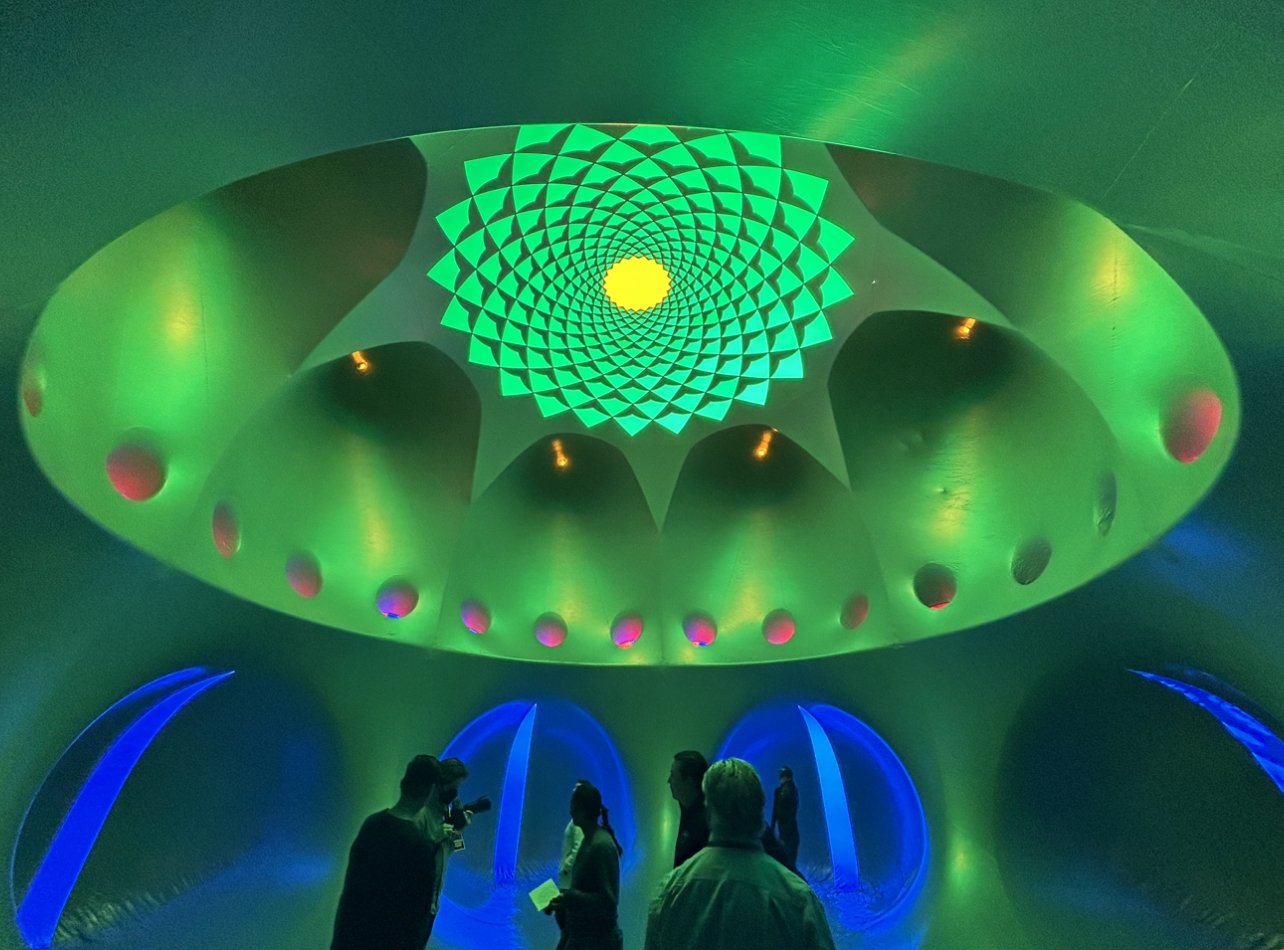
This weekend, Friday, May 5, through Sunday, May 7, UC Santa Barbara will be displaying a Daedalum Luminarium. This sensory art exhibit, free and open to the public, can be visited from noon until 6 p.m. each day on the Lagoon Lawn, hosted by the Associated Students Program Board (ASPB).
A luminarium is a sculpture that uses natural light and is “made with a very thin PVC that’s less than half a millimeter thin, glued together to make these domed-in tunnels of color,” said Ashanti, a Luminaria manager. The sculpture is open to all ages and abilities. There are a few requirements, such as having an adult accompany kids 16 and younger, no strollers, and no animals.
The inside of the sculpture is warm and features a blend of blue, green, yellow, and red colors. The circular, pod-like structures can look like a long canal, or a bursting web. Because the sculpture requires natural light, the shifting brightness of colors makes the experience unique. It was like walking into a kaleidoscope.
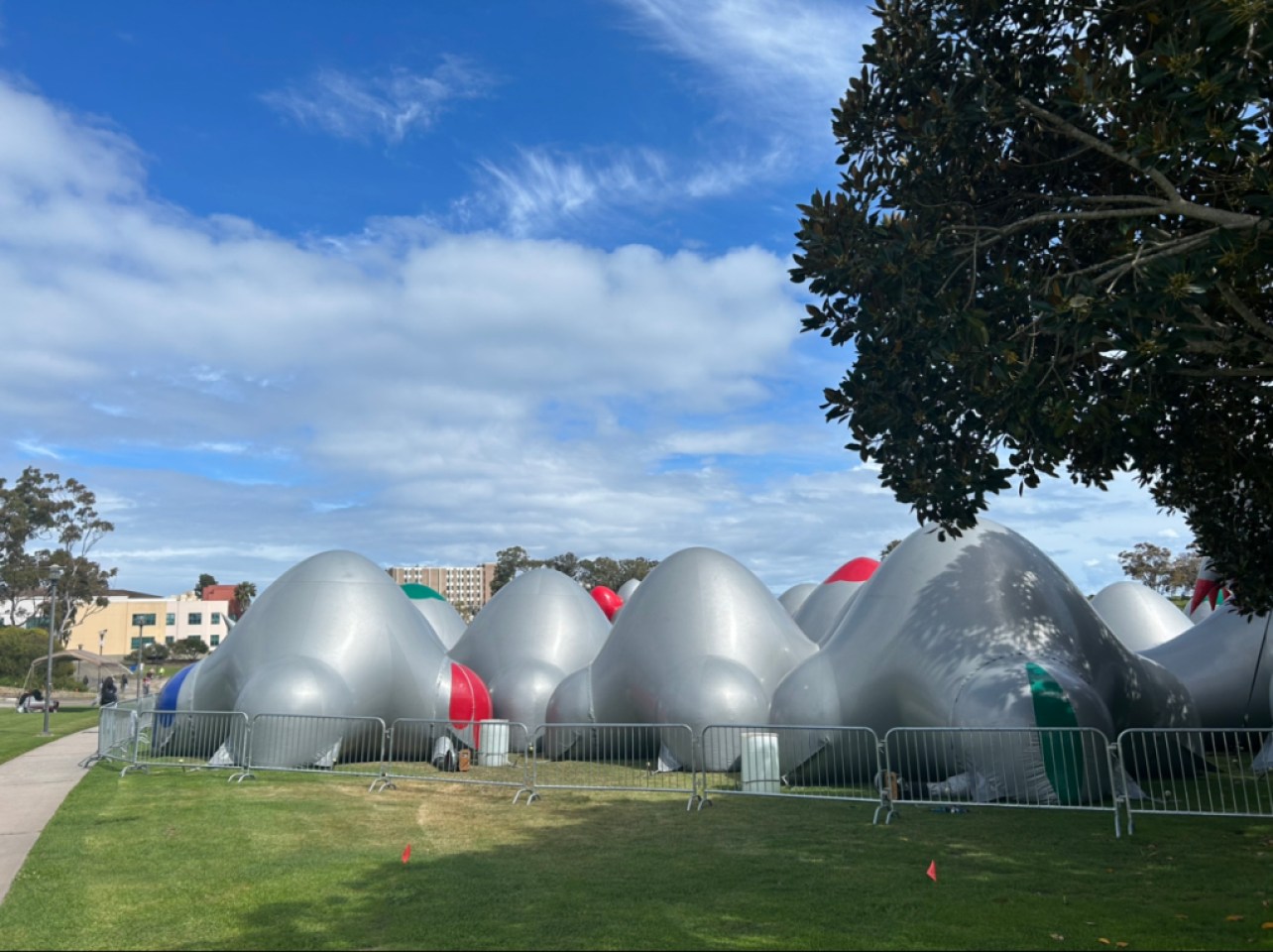
“It’s so encapsulating, I think, that it’s so much empty space,” said Grace Freese, special events assistant for the ASPB. “You’re never around that much space to move. So it’s really peaceful.”
The sculptures are designed by Architects of Air artist Alan Parkinson, who is based in Nottingham, England. Since 1992, Architects of Air has been to more than 40 countries across five continents. There are four different types of Luminaria that they make: Timisen, Dodecalis, Daedalum, and Arborialis. They last for about 300 days of exhibition, spread out over a four-year period, before the material is cut and recycled, according to the Architects of Air website.
“I love how Luminarium brings such an interactive exhibit to UCSB,” said Larry Huynh, the cultural event coordinator who organized the event. “You’re in it, and you’re fully immersed with the color and all the beauty in it.”
The name of this sculpture comes from the Greek mythology figure Daedalus. He was the father of Icarus (who flew too close to the sun), and he was the architect of the famed labyrinth. “Daedalum’s core element is a maze of 19 egg-shaped domes whose spatial arrangement creates mysterious sightlines,” said Kathryn Supple, ASPB digital media coordinator.
Right now there are seven Luminarias traveling around, and they are “inspired by natural forms, geometric solids, and Islamic and Gothic architecture,” according to the ASPB website.
The Luminarium is a place for relaxation; come with a calm mind and be prepared to take your time. There is ambient music playing in the background and there are spaces to sit or lie down and take in all of the different colors. You can stay as long as you like, though the recommended time is 20 minutes to an hour.
“We have visitors from tiny children to elderly folks,” Ashanti said during her speech before entering. “It’s very good for special needs. It’s really a space for all people to explore light and color.”
No two structures are ever the same, and each sculpture has its own unique experience. It’s described as a “pneumatic environment [that] in its organic purity, provides a utopian vessel to contain light’s radiant brilliance and subtle hues. Through labyrinthine tunnels and cavernous domes, visitors move in a medium of saturated color, in a world apart from the normal and everyday, accompanied by a gentle sensory soundscape,” according to the Architects of Air website.
“It’s really lovely for everyone,” Ashanti said. “It’s a very inclusive space, and we pride ourselves on having such an inclusive environment.”

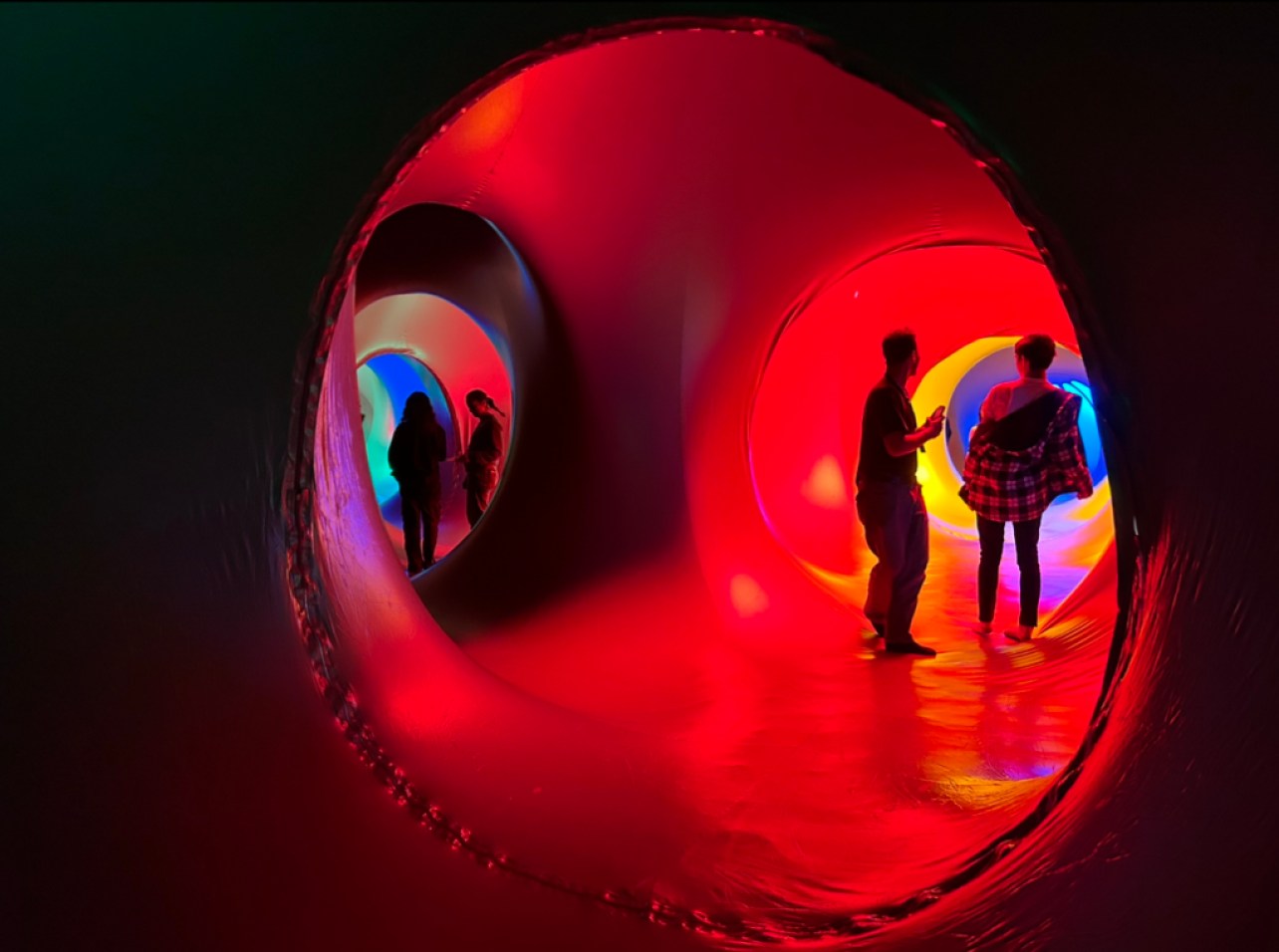
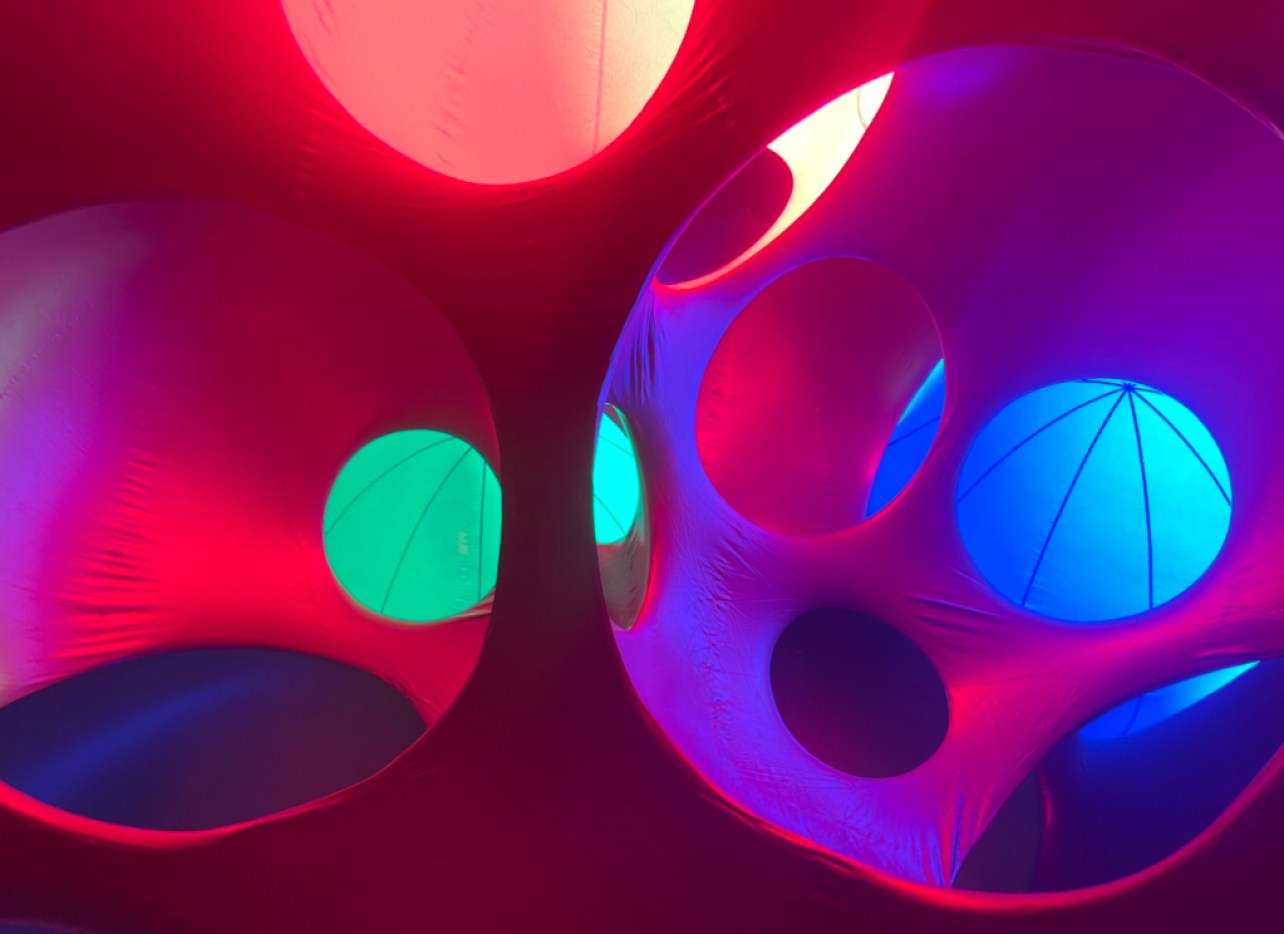
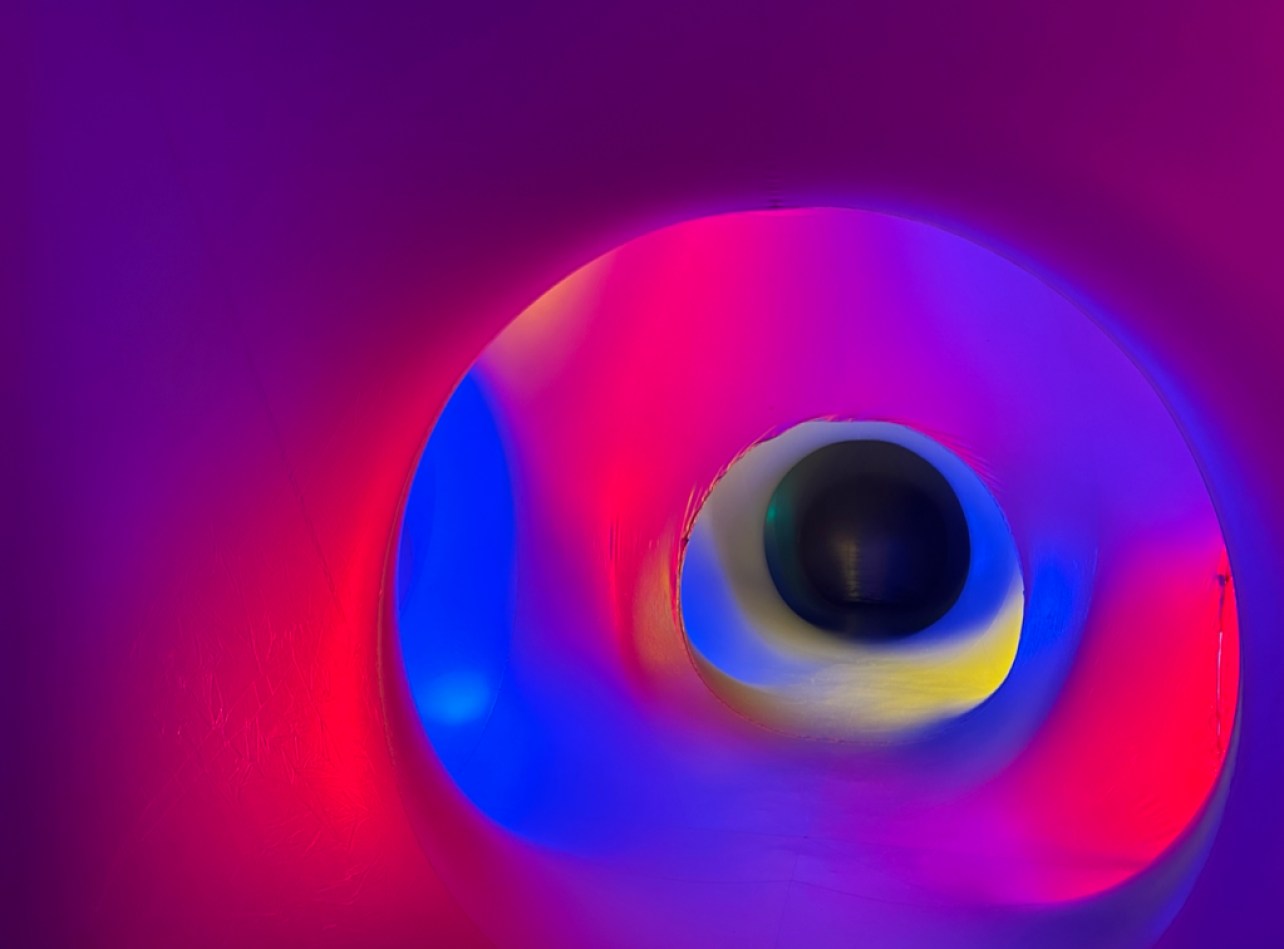
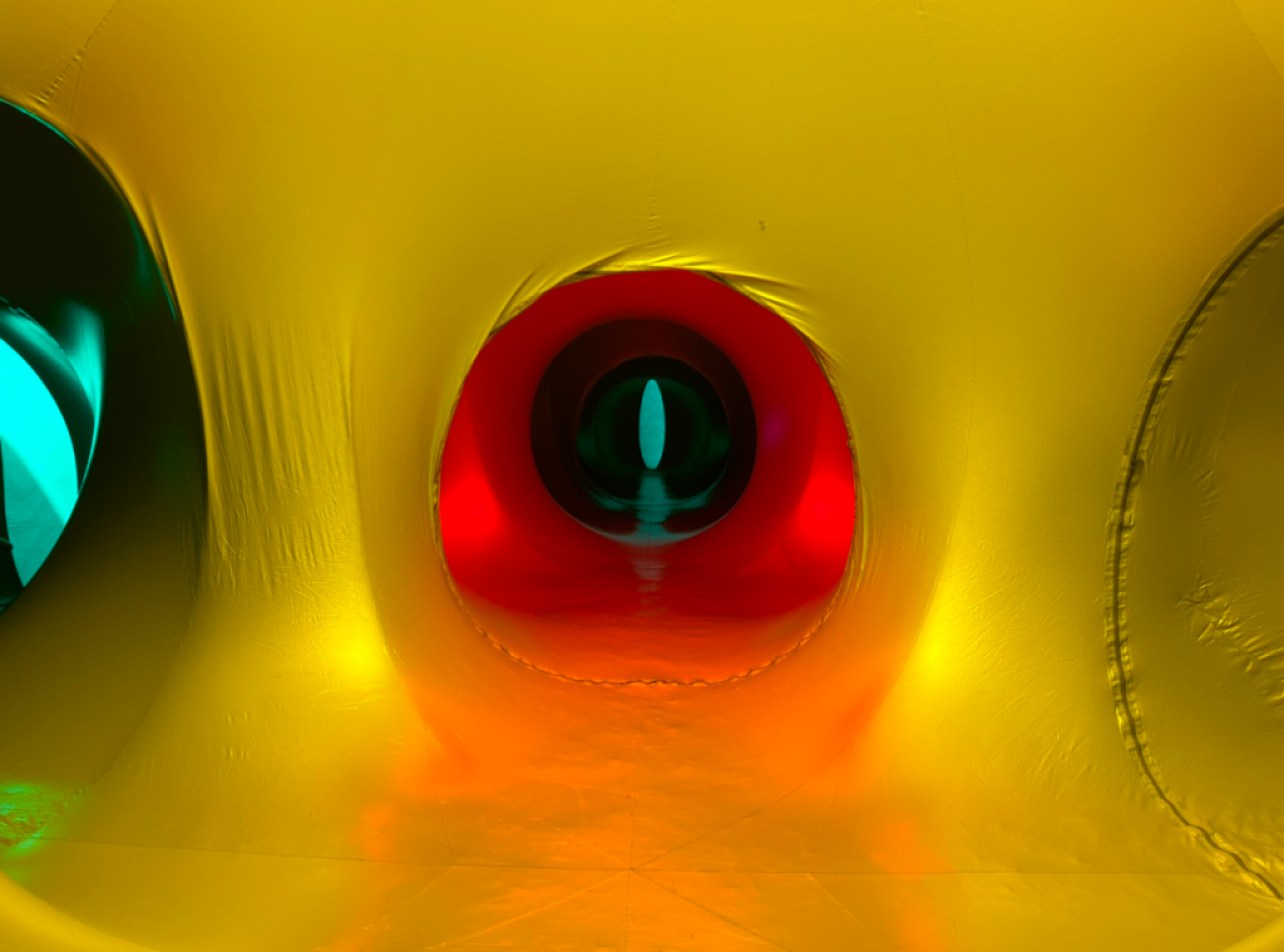
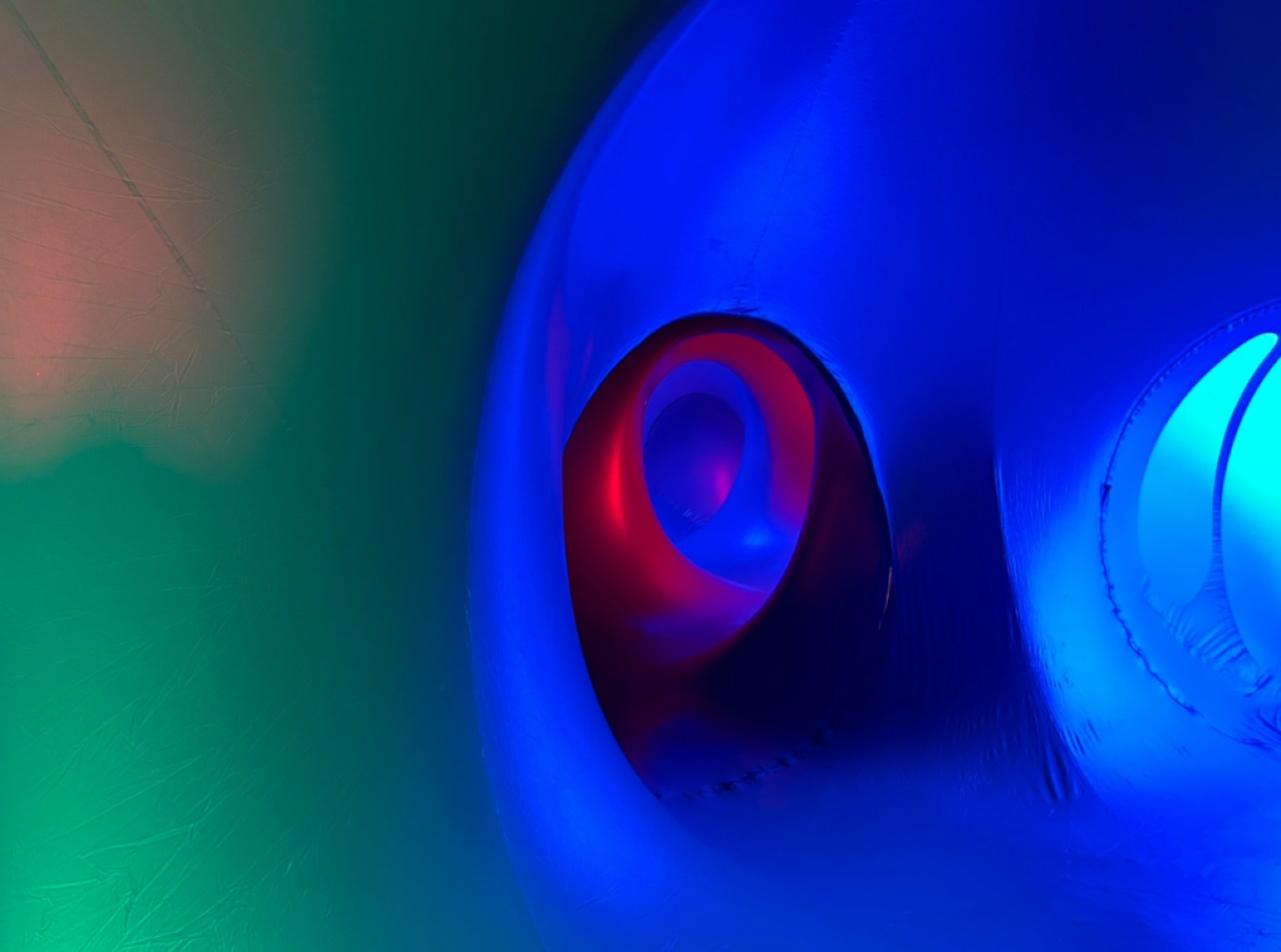
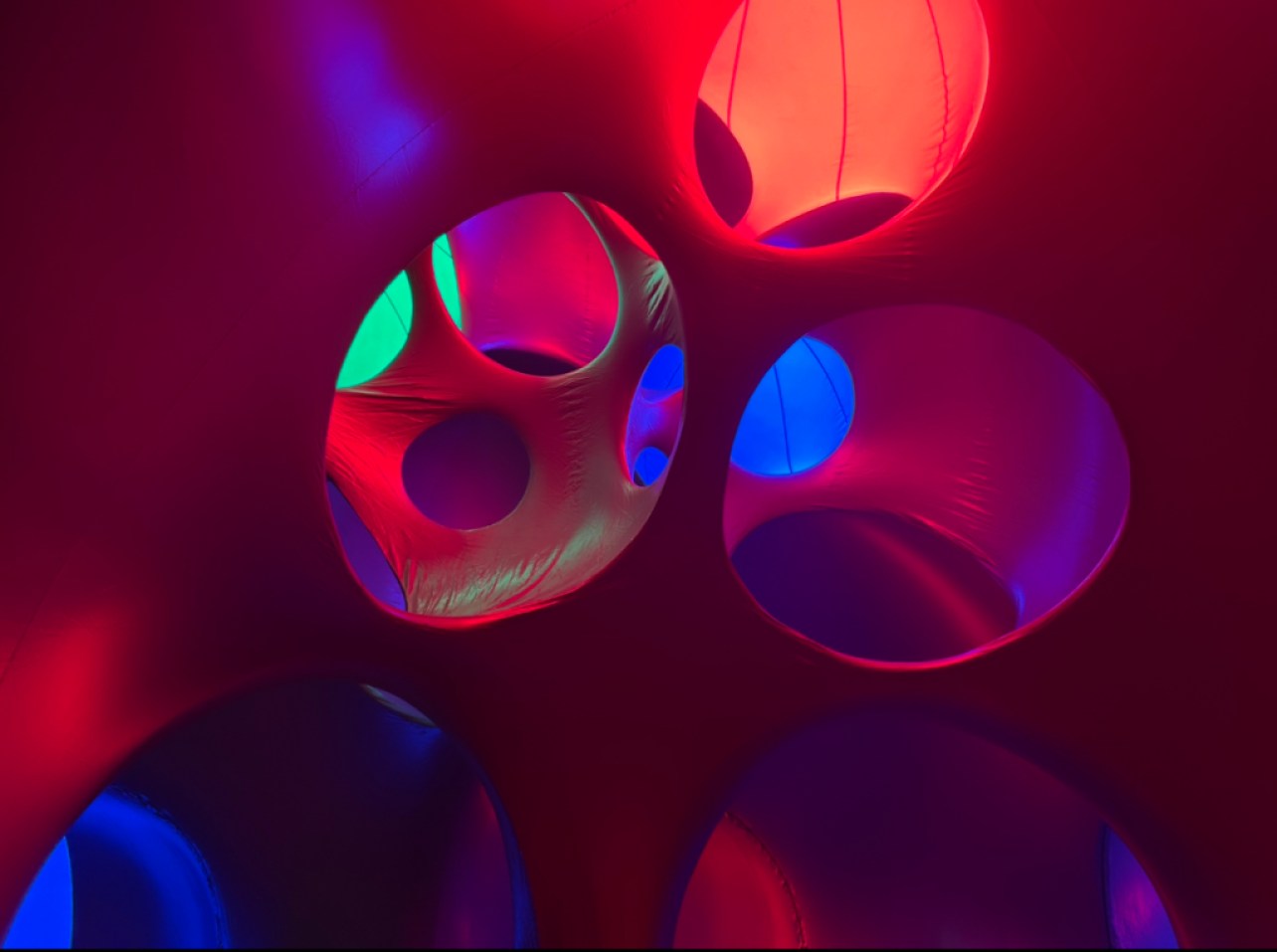
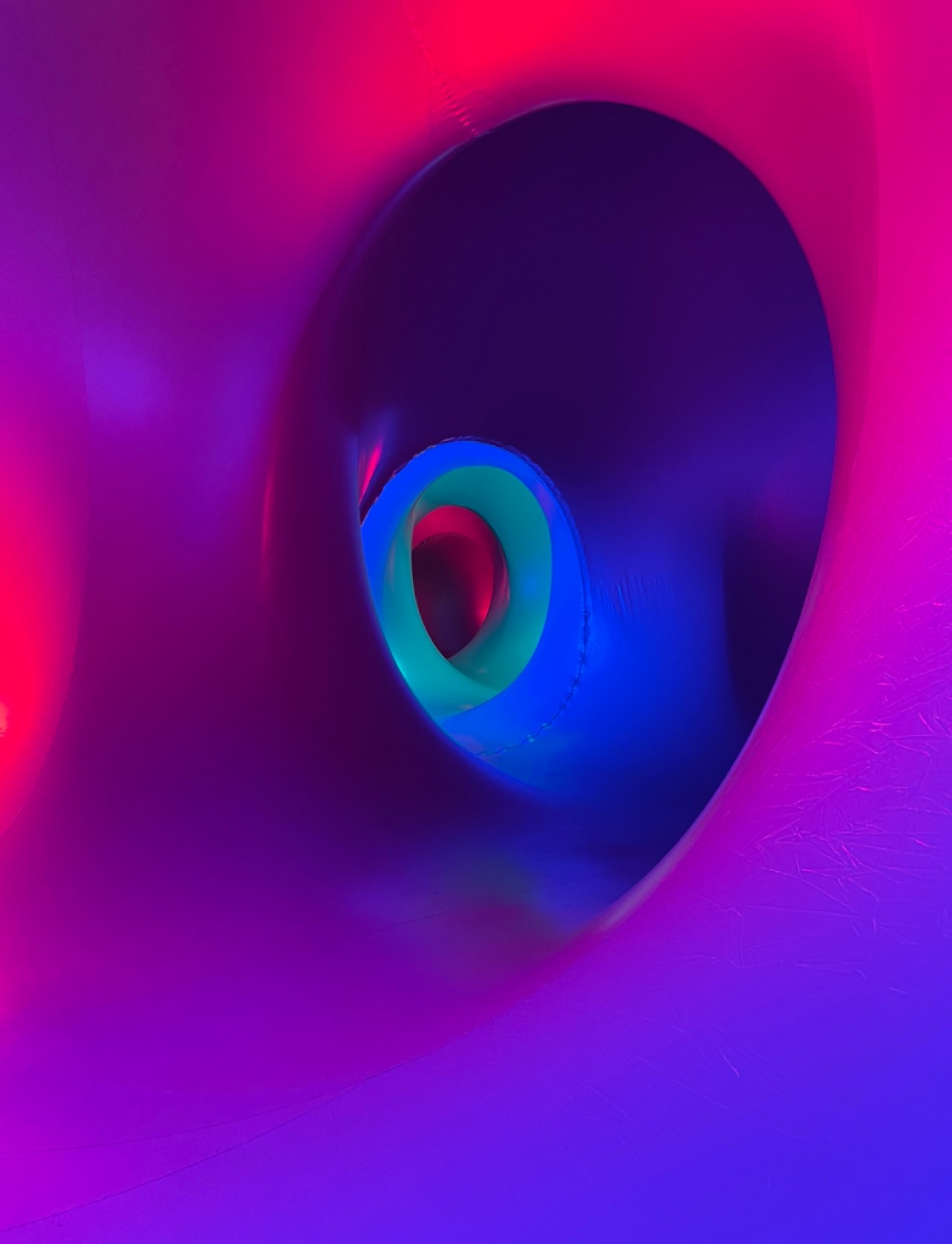
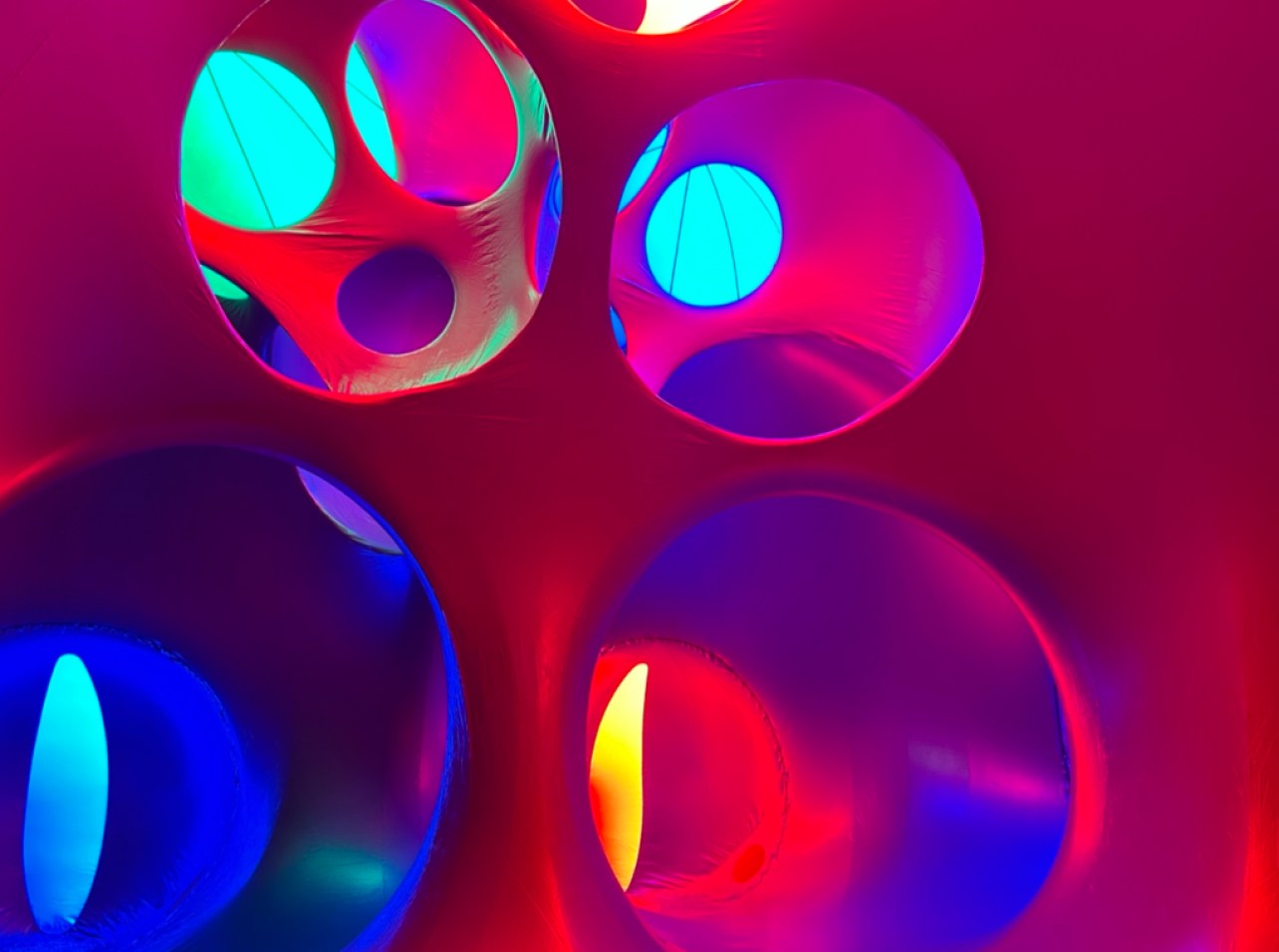
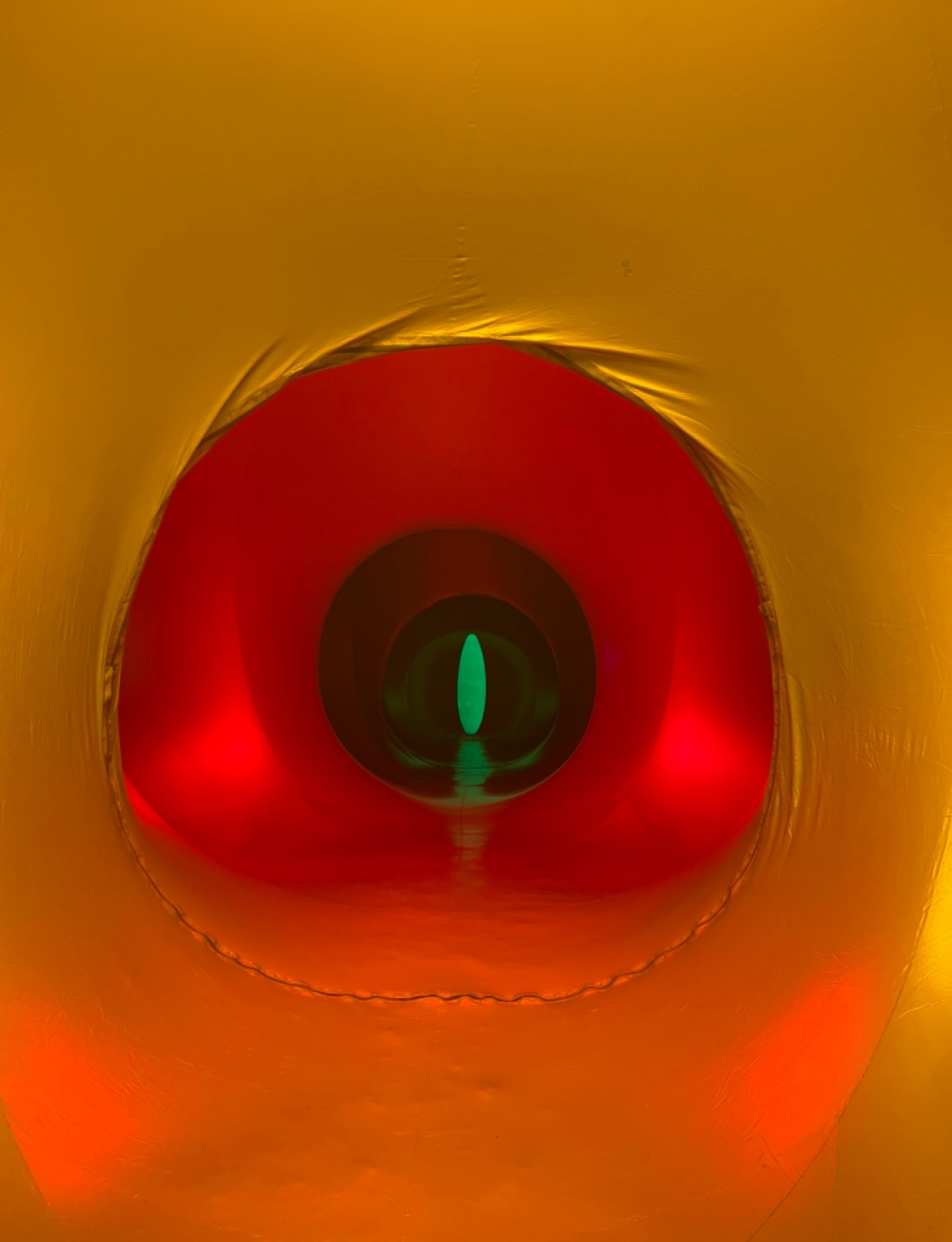
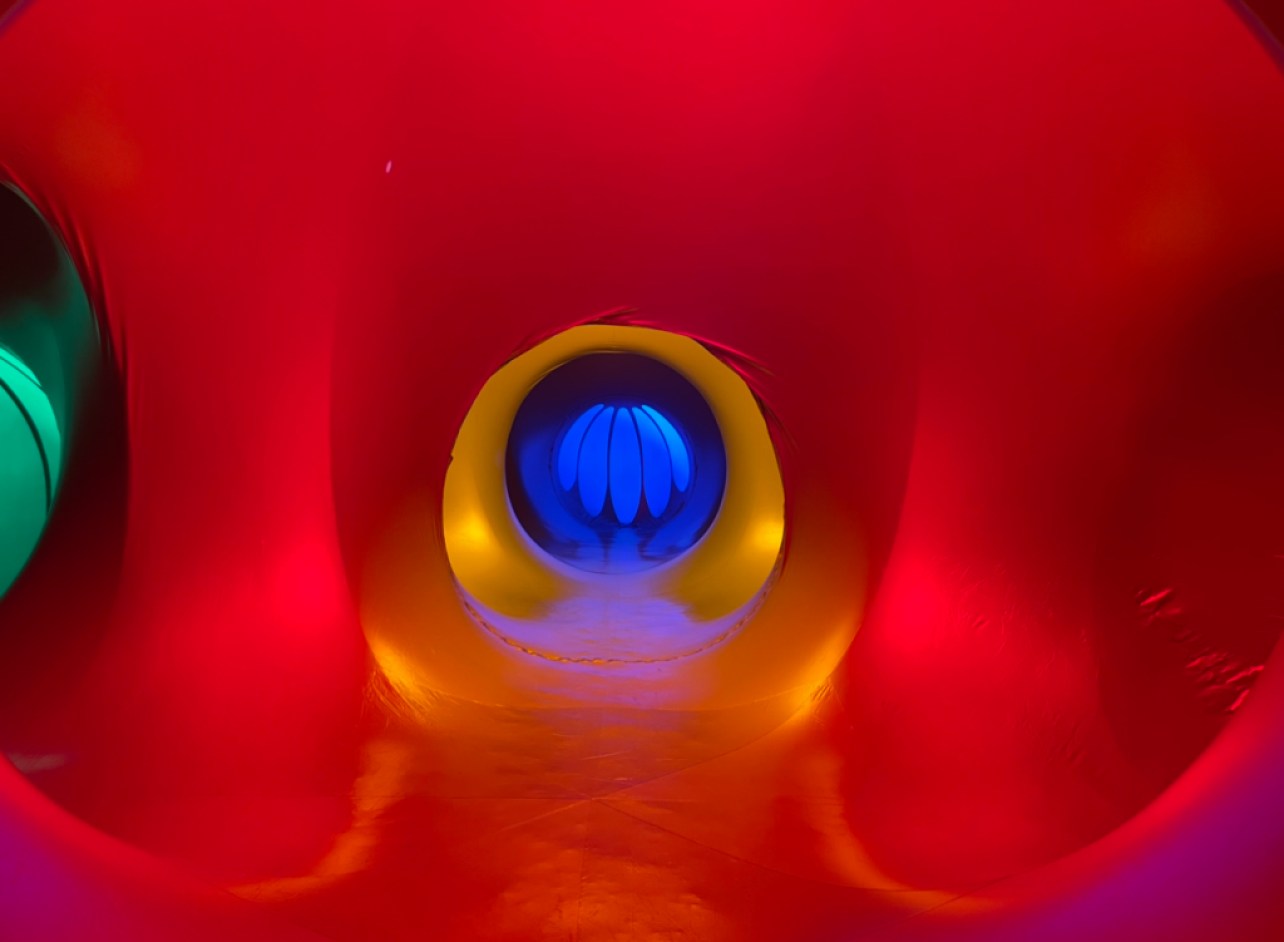
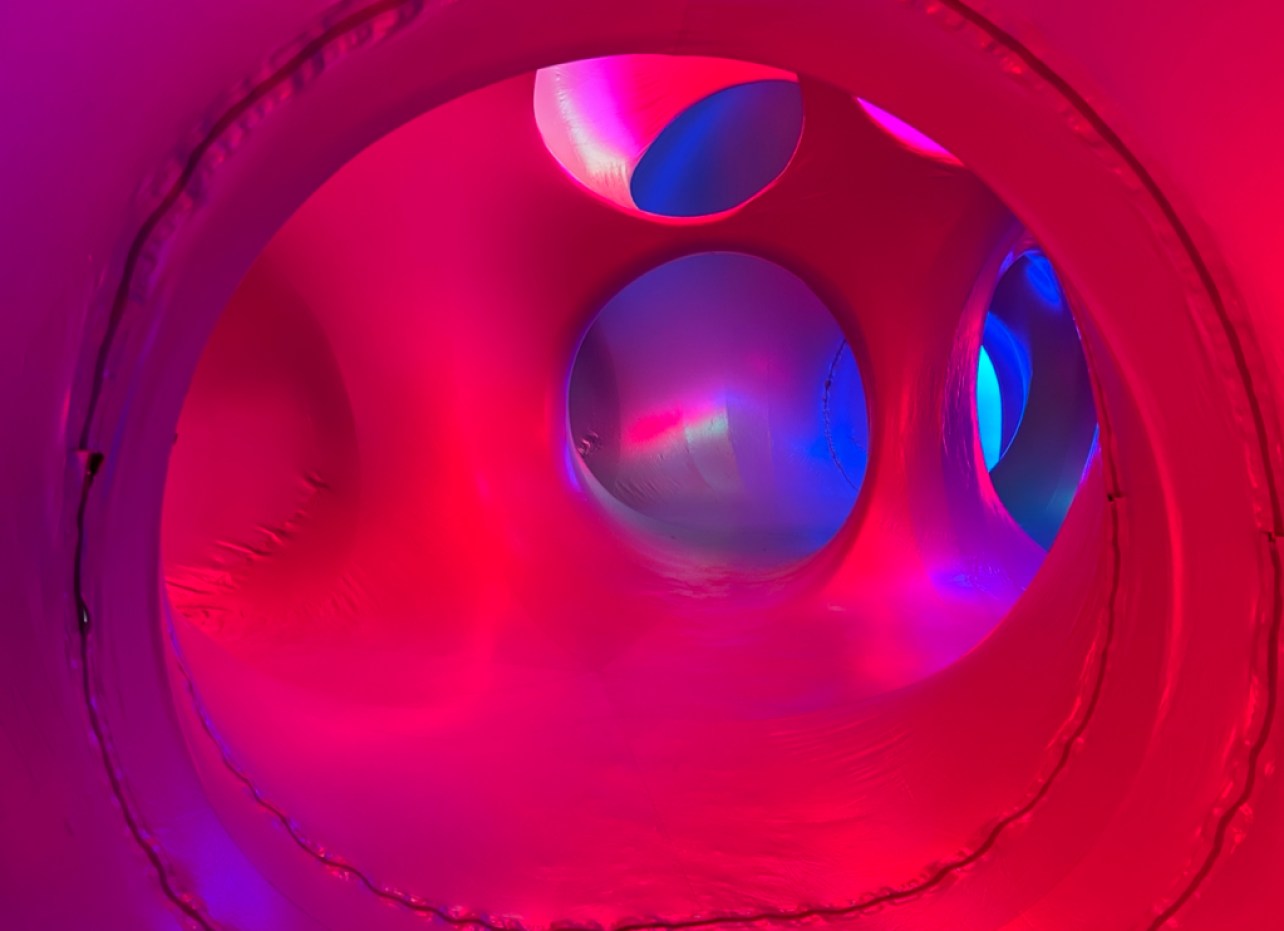
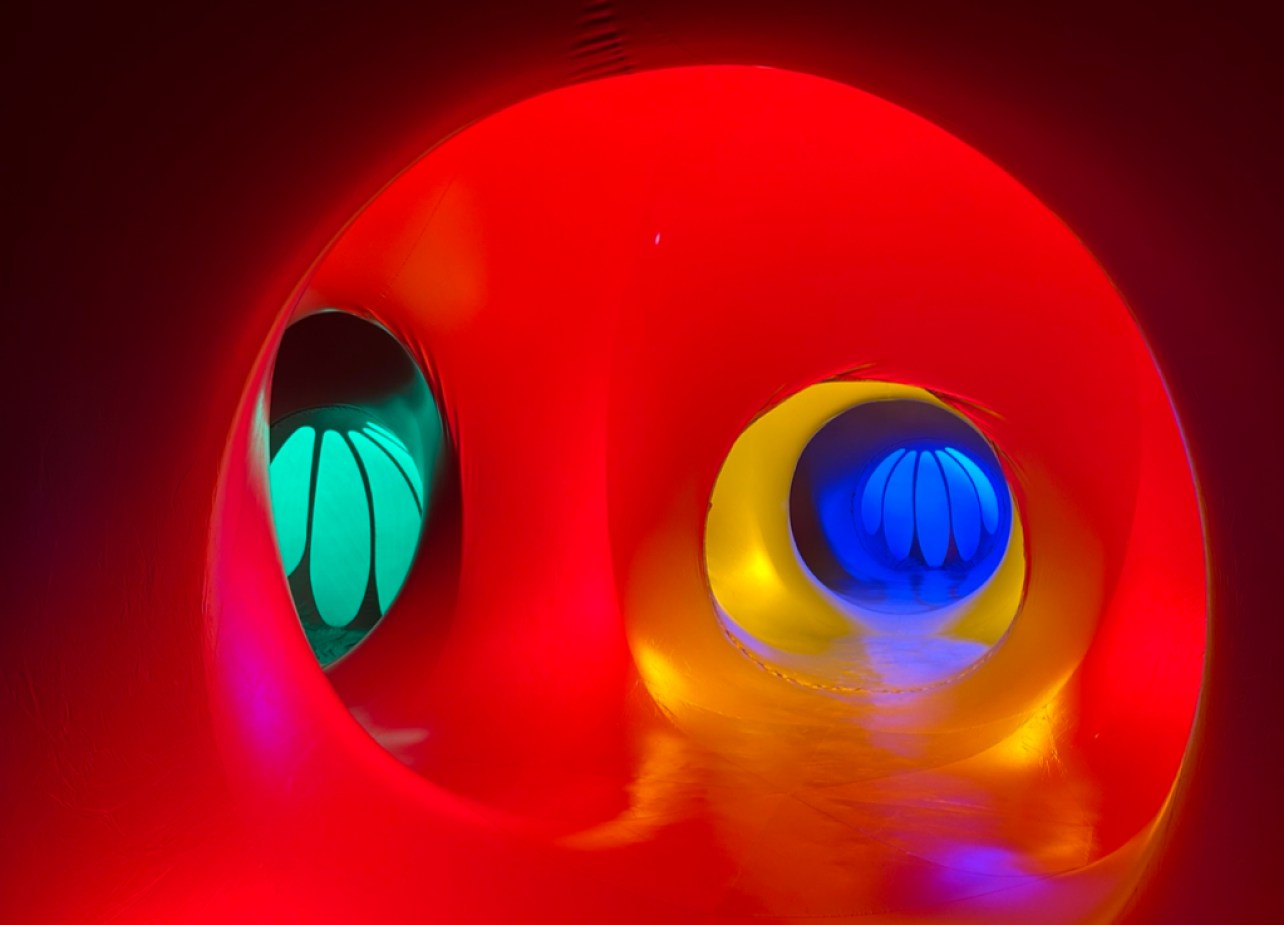
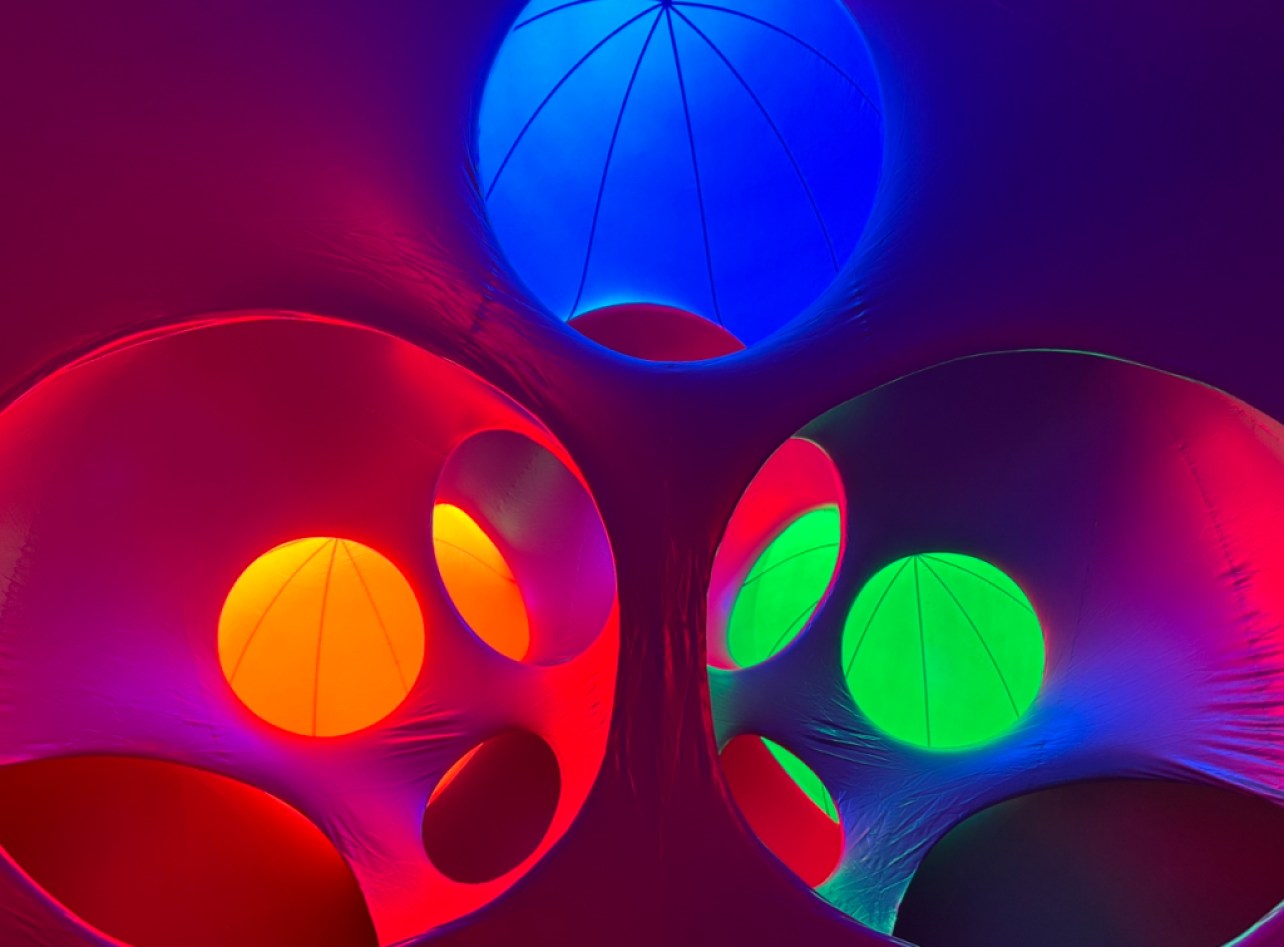
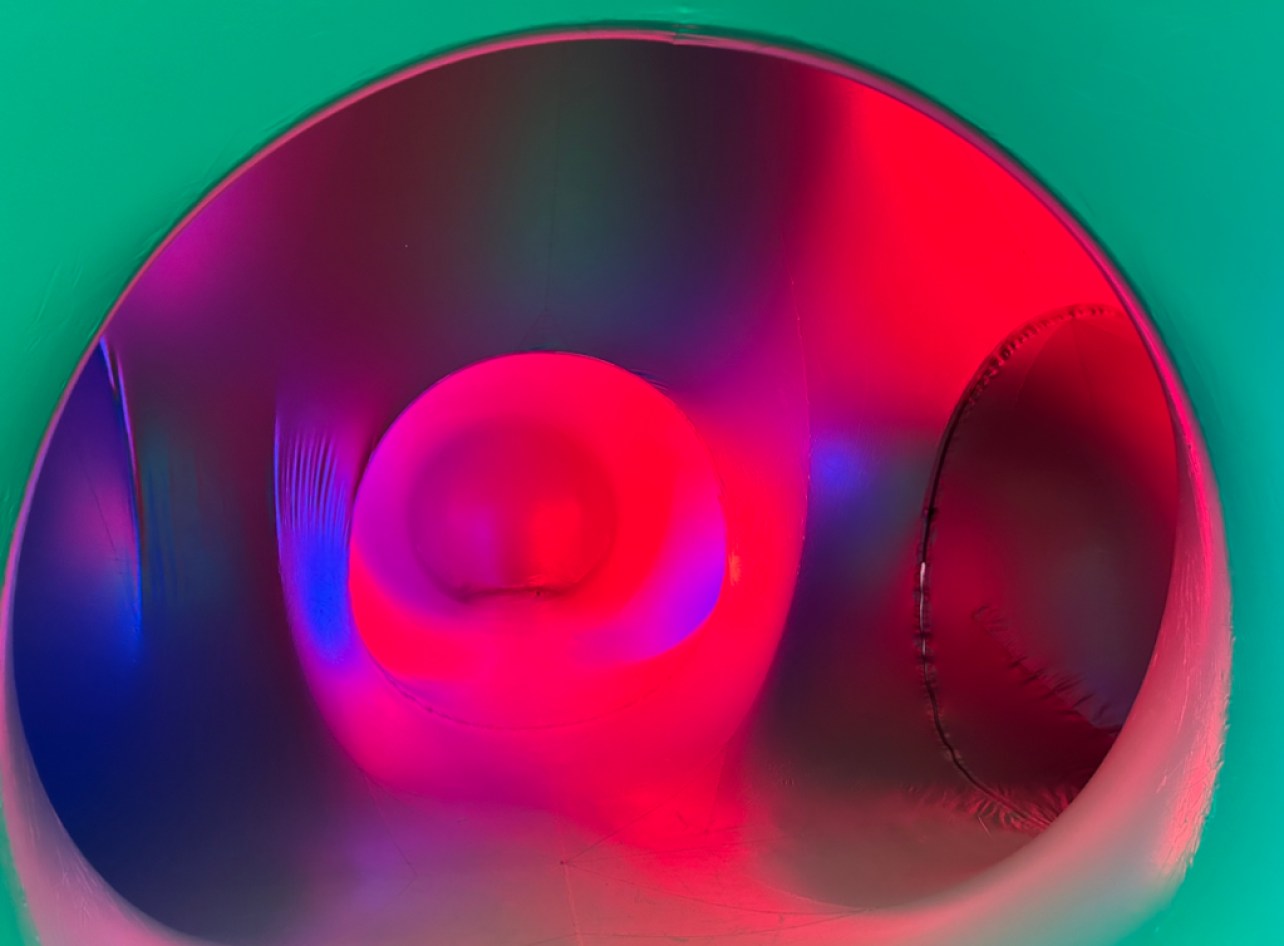
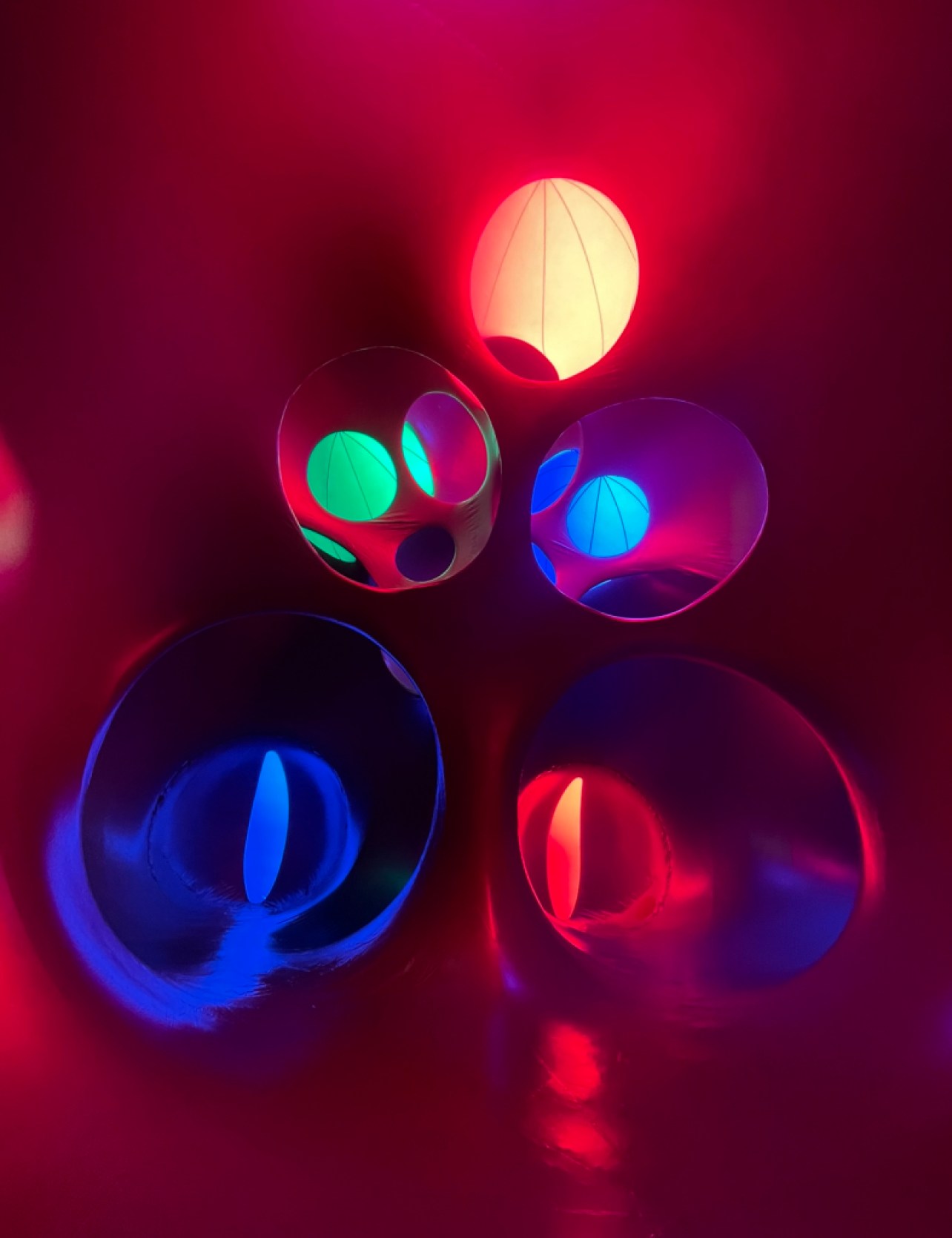
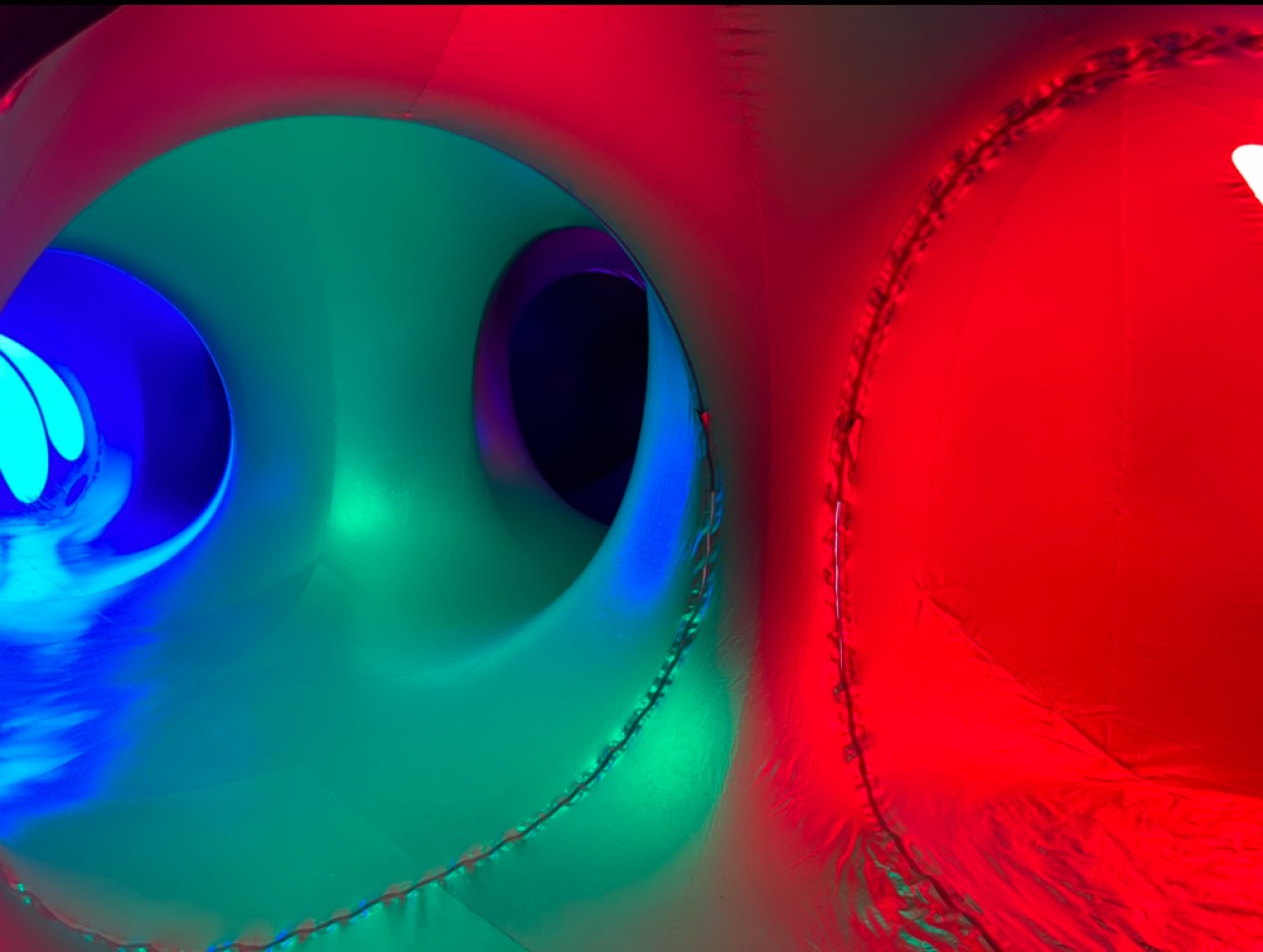
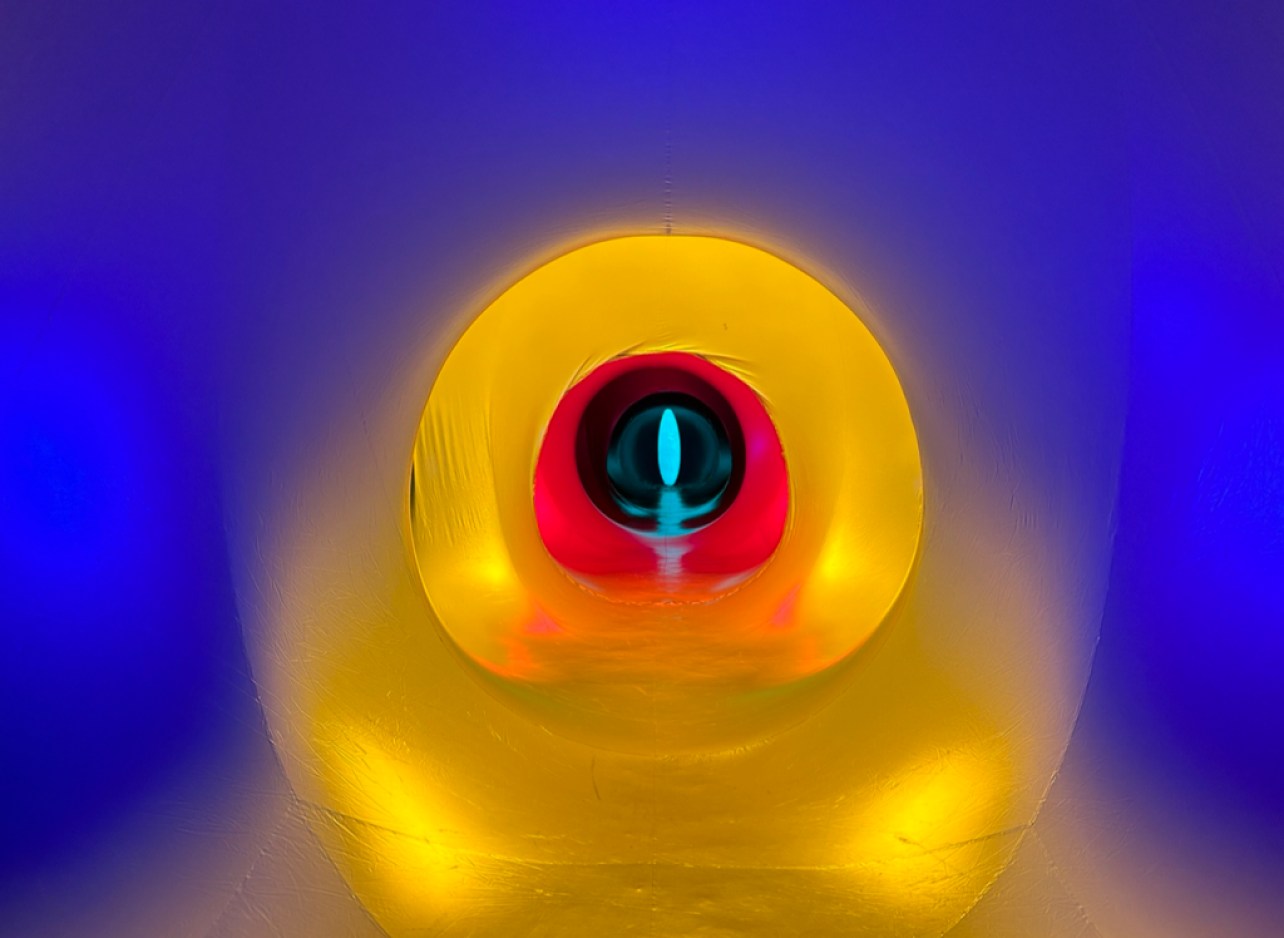
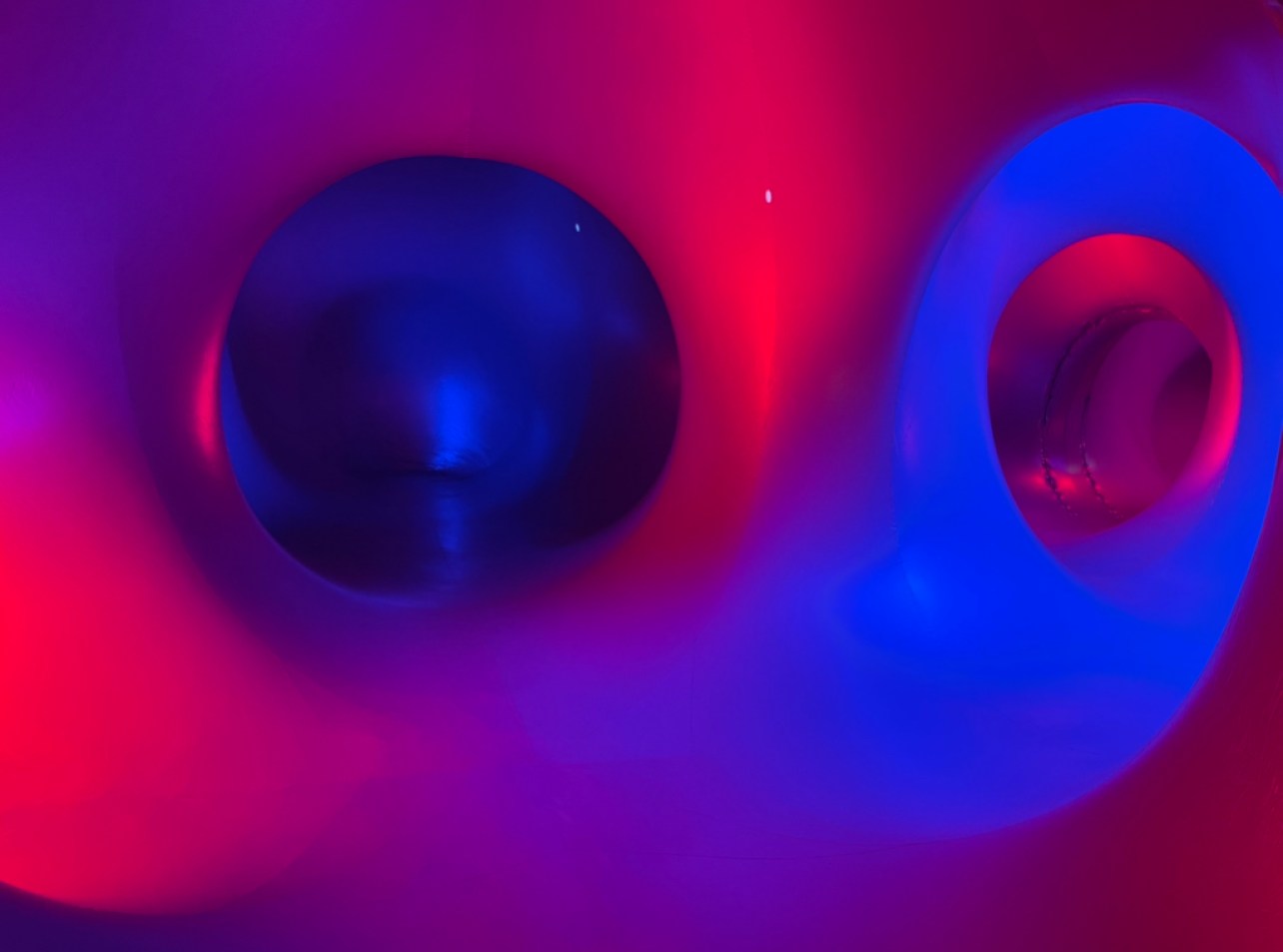
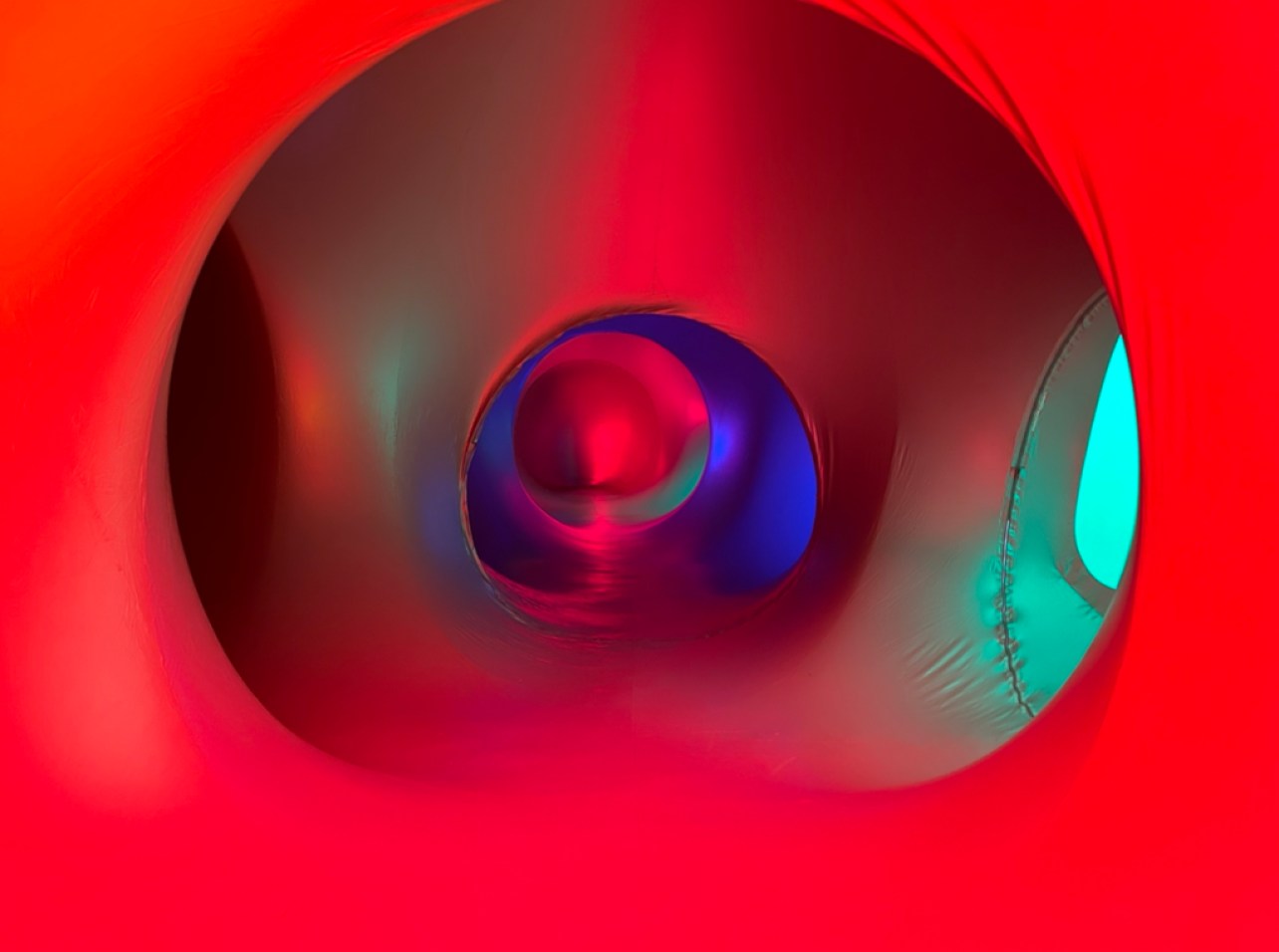

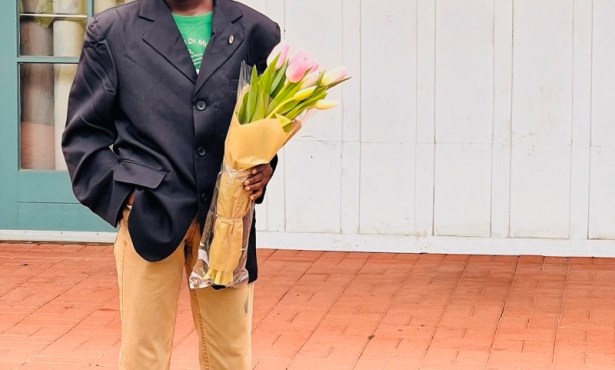

You must be logged in to post a comment.